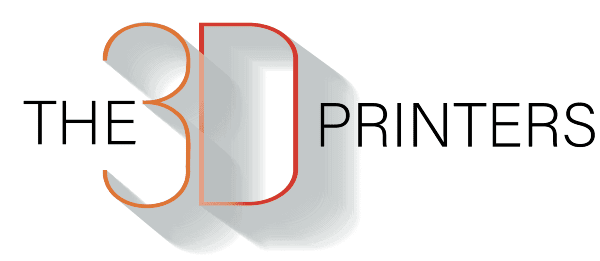In the rapidly evolving world of manufacturing and prototyping, Fused Deposition Modelling (FDM) 3D printing stands out as a beacon of innovation and efficiency. This blog post delves into the transformative impact of high-quality FDM printing, particularly when combined with engineering-grade Polylactic Acid (PLA), in reducing waste, aiding environmental sustainability, and slashing production costs.
The Essence of FDM Printing
At its core, FDM 3D printing is a process that builds objects layer by layer, using thermoplastic filament. It’s a form of additive manufacturing that contrasts starkly with traditional subtractive methods, such as machining, which removes material to create an object. The precision, reliability, and repeatability of FDM technology make it a preferred choice in various sectors, from aerospace to automotive. Moreover, FDM printers are versatile, ranging from compact, office-friendly units to large-scale industrial machines, catering to a wide array of manufacturing needs.
Engineering-Grade PLA: A Game-Changer
Engineering-grade PLA elevates the capabilities of standard PLA, offering higher heat resistance and faster printing speeds, akin to ABS. As a bioplastic derived from renewable resources, PLA aligns with the growing demand for environmentally sustainable materials. Its popularity is fuelled by its ease of use, cost-effectiveness, and low propensity for warping, making it an ideal choice for a range of applications.
Environmental and Cost Benefits of FDM with PLA
The integration of FDM 3D printing with engineering-grade PLA not only heralds a new era in manufacturing efficiency but also marks a significant stride in environmental stewardship.
Minimising Waste: One of the salient features of FDM printing is its ability to minimise waste. Unlike traditional manufacturing processes, FDM uses only the necessary amount of material, reducing the environmental impact significantly. Moreover, the precision of FDM technology means less material is used in the creation of parts, further contributing to waste reduction.
Cost-Effective Manufacturing: FDM stands out for its cost-effectiveness. The affordability of PLA, coupled with the efficiency of FDM printers, makes it a financially viable option for both prototyping and full-scale production. This cost-efficiency is especially beneficial for small businesses and startups, allowing them to experiment and innovate without the financial burden often associated with traditional manufacturing.
Broadening Horizons: FDM and PLA in Industry Applications
FDM 3D printing using engineering-grade PLA is not confined to prototypes; it’s a robust solution for a multitude of industrial applications.
Versatility Across Industries: The versatility of FDM 3D printing with PLA is evident in its widespread use across various sectors. From automotive components that require durability and precision to aerospace parts where weight reduction is crucial, FDM meets diverse industry needs. Its ability to create complex geometries and internal cavities, which are often challenging with traditional methods, makes it invaluable in fields requiring intricate designs and customised solutions.
End-Use Production Capability: FDM’s material diversity, including high-quality PLA, extends its application beyond prototyping. It is increasingly used for producing functional end-use parts, especially in scenarios requiring low-volume or specialised production. The technology’s reliability and repeatability make it ideal for creating jigs, fixtures, and even spare parts, thus offering a practical and economical solution for manufacturing.
Conclusion: The Future is Now with FDM and Engineering-Grade PLA
The fusion of FDM 3D printing with engineering-grade PLA is more than a technological advancement; it’s a paradigm shift in manufacturing.
A Sustainable Manufacturing Revolution: FDM 3D printing is at the forefront of the sustainable manufacturing revolution. By significantly reducing waste and utilising eco-friendly materials like PLA, this technology is setting new standards in environmental responsibility.
Innovation and Accessibility: The combination of FDM and PLA democratises the manufacturing process, making it accessible to innovators and entrepreneurs. This accessibility sparks creativity and drives innovation, paving the way for groundbreaking developments in various industries.
Looking Ahead: As technology evolves, we can anticipate even more advanced applications of FDM 3D printing. The potential for creating more complex, durable, and sustainable products is
